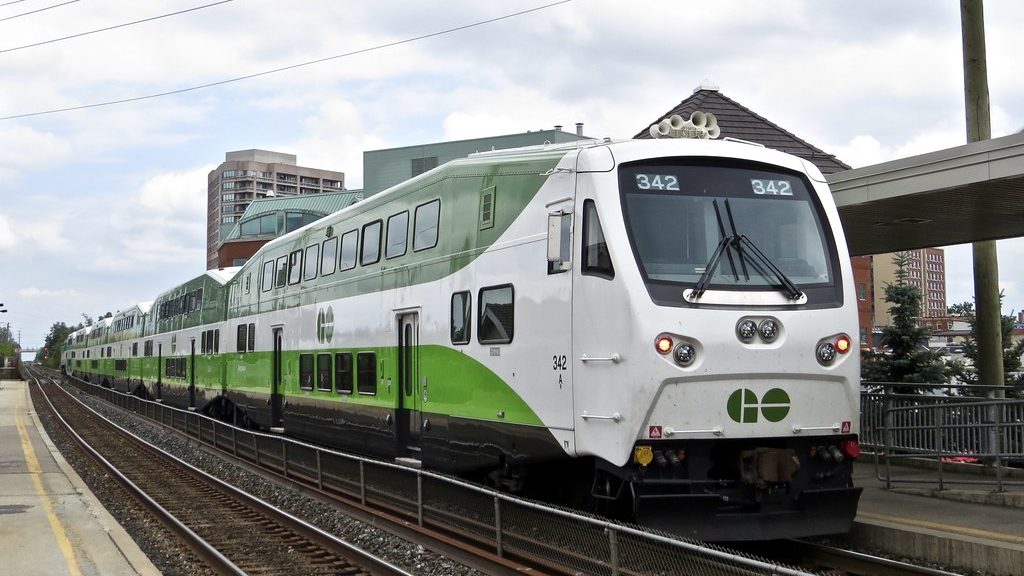Hurricane Isaac makes landfall
Posted August 28, 2012 6:34 am.
This article is more than 5 years old.
Hurricane Isaac has made landfall in southeastern Louisiana.
The Category 1 hurricane arrived in the area on Tuesday evening, packing winds as high as 130 km/h, the U.S. National Hurricane Center said.
The storm sent floodwaters surging and up to 200,000 people were reportedly without power at some points.
The storm is moving towards New Orleans, where officials maintain they are well prepared.
“We have made a $10-billion investment in a levee system that can withstand a Category 3 hurricane,” New Orleans mayor Mitch Landrieu said at a Tuesday news conference.
“It’s 300 miles and it’s very robust. We are not expecting a Katrina-like event…However, we could have flooding in the city of New Orleans. We are not out of the woods for a water event or an electrical event.”
Hours before Isaac made landfall, governments, business and residents in New Orleans and the central Gulf coast rushed to complete last minute preparations and braced themselves to bear the brunt of the storm.
“We have a plan in place to secure the city, and we have a plan to respond quickly in the event of emergencies,” Landrieu said. “We’re confident that the work we’ve done in the last few years makes us fully capable of handling this type of storm.”
Thursday is the anniversary of the devastating Hurricane Katrina.
Katrina devastated New Orleans’ Lower Ninth Ward in 2005, but resident Herbert Gettridge pledged to weather the latest storm to batter the Crescent City.
“I’m not going no place. I’m going to stay right here and see what happens,” he told CNN affiliate WVUE-TV. “I can swim if it floods again.”
Gettridge, 89, has rebuilt his home twice — once after Hurricane Betsy in 1965 and then, 40 years later, following Katrina.
“Whatever damage it does, I can put it together again,” he said.
Most of Katrina’s nearly 1,800 deaths occurred when the protective levees around New Orleans failed, flooding the city. But Landrieu said the levees have had $10 billion in improvements since 2005, and the city’s pump stations have backup generators ready in case of electrical outages.
One of those stations is the biggest in the world and some can move as much as 150,000 gallons per second.
“This is the best system that the greater New Orleans area has ever seen,” Col. Ed Fleming of the Army Corps of Engineers said.
The region appeared to catch a break as the system was slow to strengthen.
Isaac is expected to be weaker than Katrina, which came ashore on August 29, 2005, as a Category 3 hurricane with 125-mph winds.
Some flights have been cancelled at Toronto’s Pearson airport due to the storm. Click here to see if your flight is affected.










